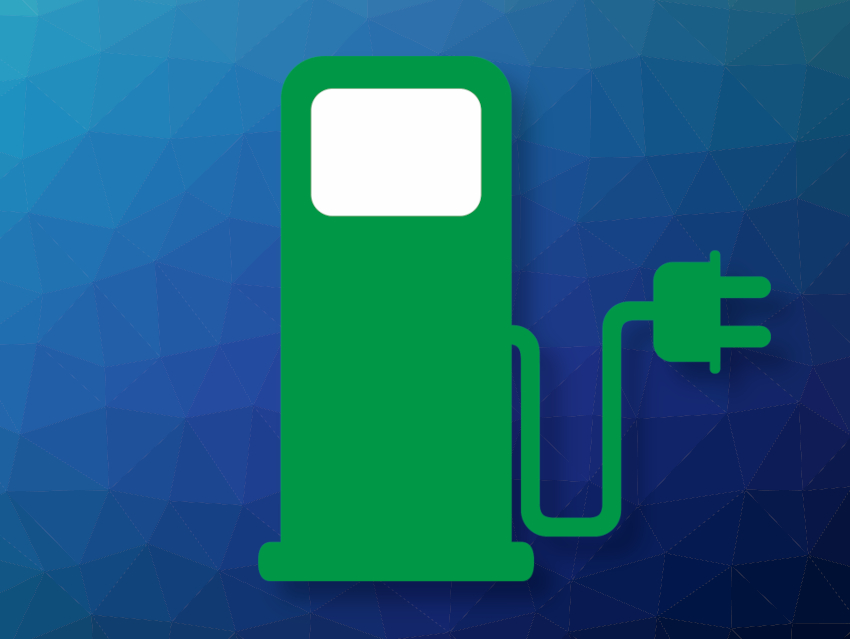Car manufacturing requires many different raw materials. The transition to electric vehicles and the ongoing development of digital technology in cars will change the portfolio of necessary materials in the near future. Several of the newly required materials could suffer from strain in the supply chain, and some of them can pose environmental or human rights issues at their source. This could change the overall vulnerability of the car manufacturing industry to disruptions in the supply chain and might lead to higher prices and/or a slower technological transformation in the industry.
Randolph E. Kirchain, Massachusetts Institute of Technology (MIT), Cambridge, USA, and colleagues have investigated how electrification changes the composition of cars and influences the supply risk vulnerability. The team created a comprehensive snapshot of materials use on the levels of compounds and elements in both conventional and hybrid electric vehicles. For this, they analyzed data of materials use for all parts of seven current car models of the Ford Motor Company, Dearborn, MI, USA: two plug-in hybrid vehicles (PHEVs), two hybrid electric vehicles (HEVs), and three internal combustion engine vehicles (ICEVs). The team used a machine-learning algorithm to estimate missing or unreported composition data. Then they defined a metric of vulnerability, called exposure, which captures the potential cost to manufacturers based on the importance of a particular material to the company and its susceptibility to supply chain issues.
The team found that the seven cars in the study used 76 different elements, considering only those with over 1 mg of mass present, in 2,539 different compounds. The calculated exposure values increased from USD 870 per vehicle for sedan-type ICEV passenger vehicles to USD 1,530 per vehicle for PHEV passenger vehicles. For SUVs, the exposure values were even higher, ranging from a minimum of USD 1,210 per vehicle for ICEV SUVs to USD 2,344 for PHEV SUVs. The shift to an all-PHEV fleet would approximately double automaker exposure, adding ca. USD 1 billion per year of supply risk for a fleet of one million vehicles. According to the researchers, the increased vulnerability is not only due to the use of battery elements like cobalt, graphitic carbon, and nickel, but also to some more commonly used materials such as copper, which is required for the increased amount of wiring and has a high price volatility.
- Characterizing the Changes in Material Use due to Vehicle Electrification,
Karan Bhuwalka, Frank R. Field, Robert D. De Kleine, Hyung Chul Kim, Timothy J. Wallington, Randolph E. Kirchain,
Environ. Sci. Technol. 2021.
https://doi.org/10.1021/acs.est.1c00970




